Have you ever wondered what secrets lurk in nature’s darkest corners? Science has uncovered phenomena so bizarre they defy our understanding of reality. From mind-controlling parasites to human bodies turning into medicine, these discoveries challenge everything we thought we knew. Some findings are so unsettling that they seem pulled from horror films rather than scientific journals.
The natural world operates by rules far stranger than fiction could imagine.
Ready to explore the disturbing truths that will forever change how you see the world around you?
23. The Smell of Death Directly Affects Your Behavior
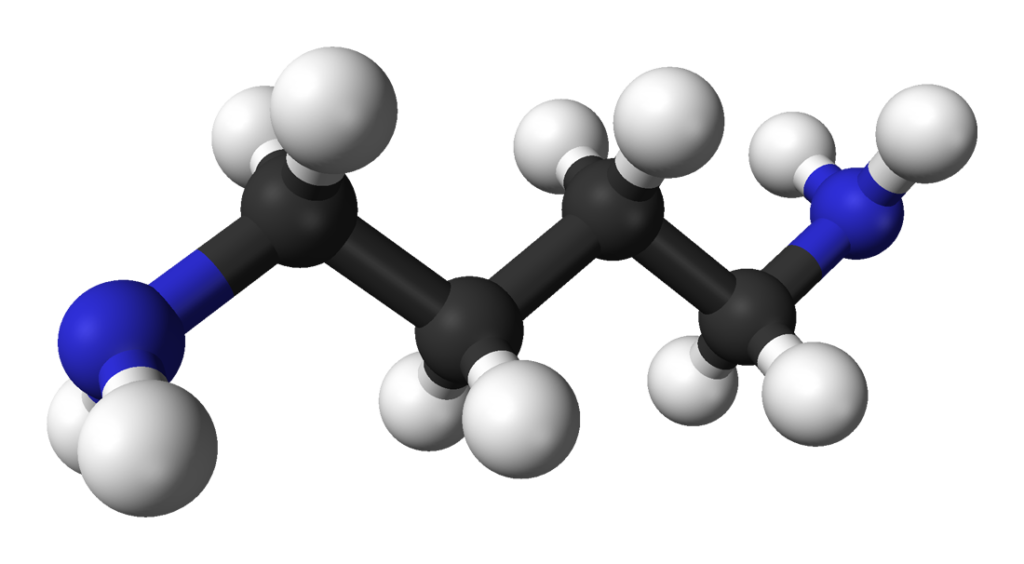
Wondering why death’s scent triggers such primal responses? Minute traces of putrescine, a decay byproduct, can alter your actions without you knowing it. Even at undetectable levels, this chemical often triggers unease and heightened awareness. For more on surprising bodily reactions, see how the brain can alter your perception of time.
During controlled studies, participants walked quicker and displayed defensive behaviors when exposed to putrescine. Scientists link this reaction to survival mechanisms wired into our brains through evolution. Your body responds to putrescine like a smoke detector—silent until there’s danger, then suddenly very, very loud. If this fascinating connection between scent and behavior interests you, parasitic mind controllers will blow your mind.
Putrescine signals potential threats, activating protective instincts hardwired from our ancient past. Even amounts too small to consciously detect can impact your decisions and behavior. Next time you get a bad vibe from a place but can’t explain why, blame your prehistoric brain’s chemistry set.
22. The Feeling of an Invisible Presence
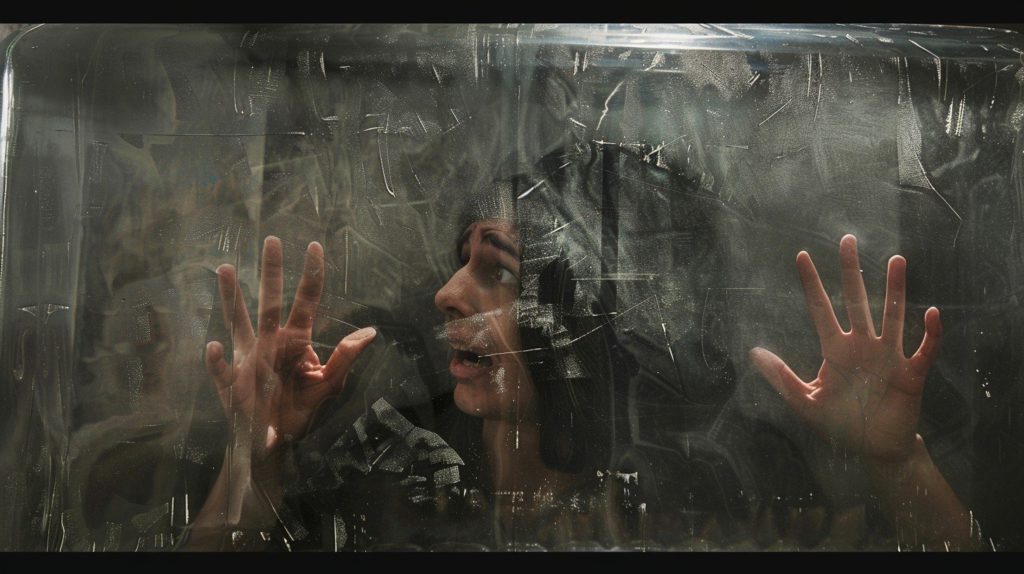
Scientists explored the “phantom presence” phenomenon with a clever experiment. Participants moved their hands while a robot mimicked these actions by touching their backs. When researchers disrupted the robot’s timing, subjects suddenly sensed an unseen entity nearby.
The brain becomes disoriented by altered sensory feedback. This confusion between internal and external stimuli produces a powerful illusion of another presence. Your mind essentially misattributes its own movements to someone else. Your brain is throwing a ventriloquist act where it forgets it’s the one doing the talking.
The experiment reveals how susceptible your mind is to manipulated signals. Such illusions blur the boundary between self and other. Ever had that creepy feeling in an empty house? Your brain might just be playing tricks worthy of a Blumhouse horror film.
21. Halloween Anonymity and Thievery

In 1970, researchers observed how Halloween masks affected 1,300 children’s behavior. The study created situations where kids could steal money and extra candy. The results? Children wearing masks proved significantly more likely to take what wasn’t theirs.
Group dynamics made this behavior even worse. Children in groups without leaders showed the highest rates of theft. The anonymity provided by costumes emboldened actions many would never consider with their identities exposed.
Masks transform behavior like Clark Kent stepping into a phone booth—except instead of saving the day, these kids were swiping extra Snickers. Suddenly, internet trolls make so much more sense, don’t they?
20. Parasitic Wasps Take Control of a Spiders

The recliner wasp demonstrates nature’s most disturbing form of mind control. After laying its egg on a spider, the hatching larva hijacks the host’s nervous system entirely. The spider becomes a remote-controlled zombie, forced to build an unusual web against its will.
Under the larva’s influence, the spider spins reflective silk designed to protect the wasp’s developing cocoon. This specialized silk differs completely from the spider’s normal webbing. Once the protective structure is complete, the larva devours its host entirely.
The precision control exhibited by the wasp larva continues to baffle scientists studying parasitic manipulation. If you thought your micromanaging boss was bad, at least they don’t literally eat you after the project is finished.
19. Worms Living Inside a Person’s Face
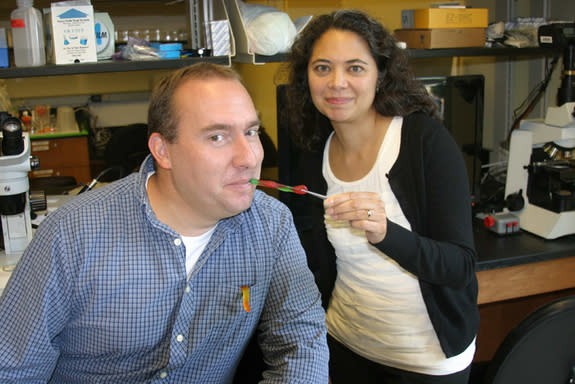
Professor Jonathan Allen discovered an unwelcome tenant wriggling beneath his facial skin. A strange, moving circle appeared inside his mouth – a tiny worm slithering just under the surface.
Allen, a parasitology expert, calmly removed the invader himself. He identified it as a rare species, eventually naming his unwelcome guest “Buddy.” The professor even published a scientific paper documenting the encounter.
His face became an unplanned AirBnB for a parasite that clearly didn’t read the rental agreement. Allen’s experience highlights how nature doesn’t care about your credentials – parasites are equal opportunity invaders. And you thought having a zit before a date was bad.
18. A Virus Upgraded Itself with Venom
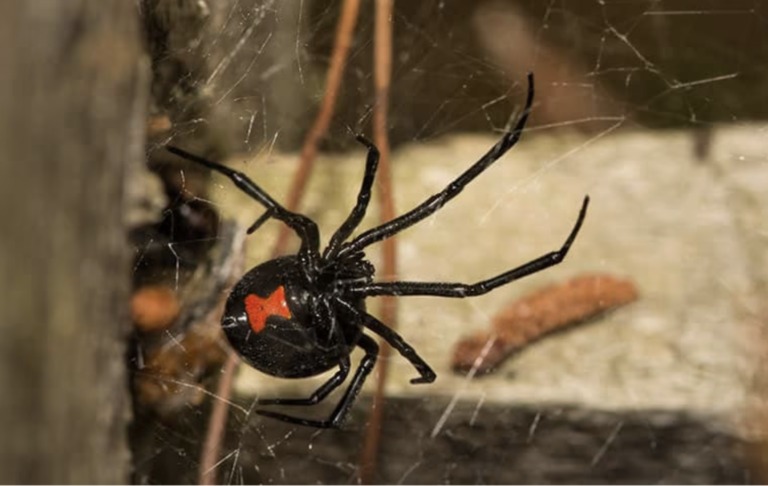
Researchers discovered the WO virus upgraded its genetic toolkit by stealing a gene from its host – a black widow spider. The virus incorporated the gene responsible for venom production into its own genome. Scientists believe this adaptation helps the virus penetrate bacterial cell walls more effectively.
This viral theft operates like a car thief who not only steals your vehicle but also installs new custom parts to make it faster. The virus didn’t just borrow the gene; it repurposed it for a completely different function.
This discovery carries significant implications for disease control. The ongoing evolution and adaptation of viruses present continuous challenges to medical science. Great, so viruses are now taking upgrade tips from supervillain origin stories.
17. Moss from Human Skulls is Used as Medicine

Ancient healers once valued a peculiar remedy called Anneia – a lichen from human skulls. People believed this moss absorbed life essence from the dead. They prescribed it for everything from nosebleeds to epilepsy.
The moss gained both mystical attributes in folk practice. These beliefs blended folklore, religion, and early medicine in ways that seem bizarre today. Anneia treatments represent how historical views of death often involved transformation rather than ending.
Historical pharmacies were basically the original Stranger Things Upside Down – full of things that would horrify modern medical professionals. Though considering some current wellness trends involving vampire facials and snake venom, perhaps we shouldn’t judge too harshly.
16. Mellification: Human Rot Candy
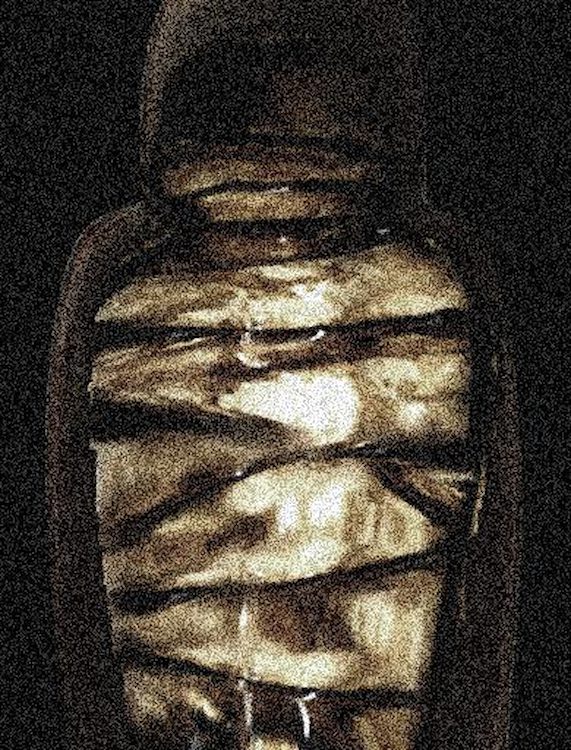
Ever heard of human candy? In ancient Arabia, elderly holy men volunteered for a disturbing preservation process. They consumed nothing but honey during their final days, saturating their bodies with the substance. After death, their honey-soaked remains were sealed in stone coffins filled with more honey.
After a century of transformation, these bodies became a sought-after medicinal substance. The resulting human “rot candy” was ground into powder and prescribed for treating fractures and other ailments.
The process turned these men into the world’s most disturbing lollipops—medicinal Tootsie Pops with a center nobody should ever get to. This practice reveals historical perspectives on mortality and the human body’s potential uses beyond burial. And you thought those century eggs were pushing the limits of food preservation.
15. Freshwater Snails Kill More People Than Sharks
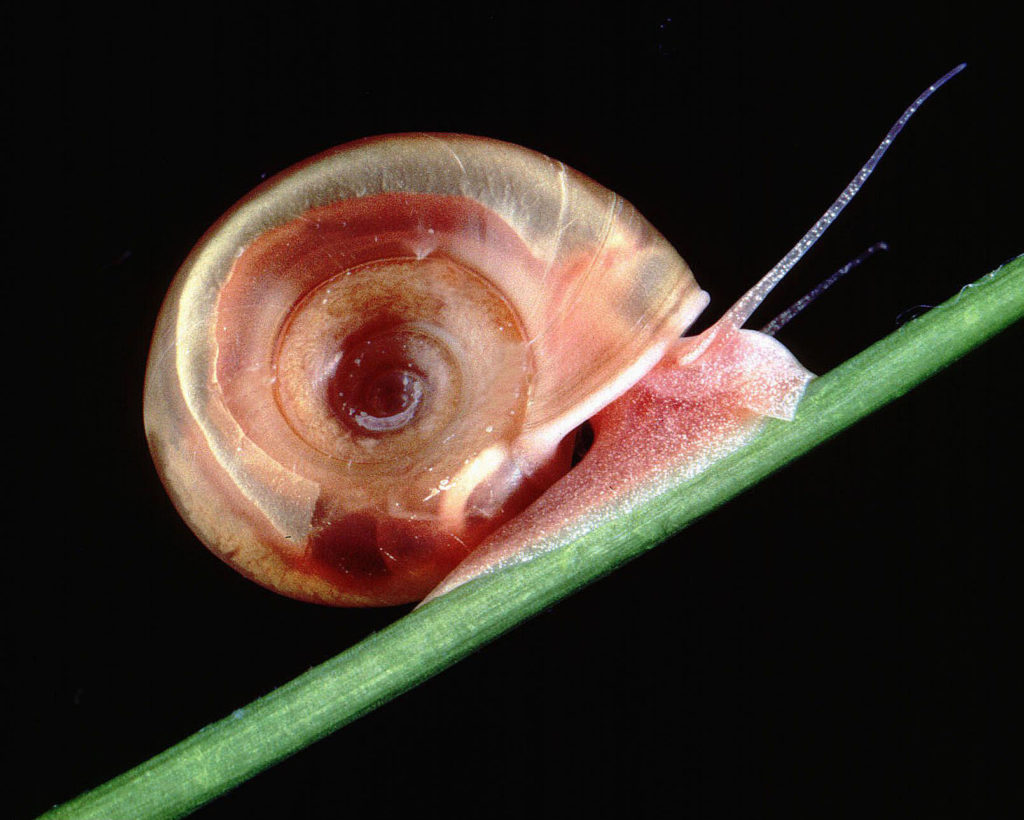
Freshwater snails cause up to 20,000 deaths annually by spreading parasitic worms that cause schistosomiasis. By comparison, sharks kill fewer than 10 people each year. Even lions (250 deaths) and crocodiles (1,000 fatalities) don’t match these tiny killers.
These snails are nature’s stealth assassins – no dramatic music, no fins cutting through water, just silent, deadly parasites delivered in freshwater bodies worldwide. These unassuming mollusks rank among the deadliest organisms on Earth based on human fatality counts.
Awareness of their presence can significantly reduce risk for travelers. Simple precautions like avoiding wading in freshwater in affected regions provides effective protection. Hollywood really picked the wrong killer animal to make movies about, didn’t they?
14. Plastic Has Been Found in Deep-Sea Creatures
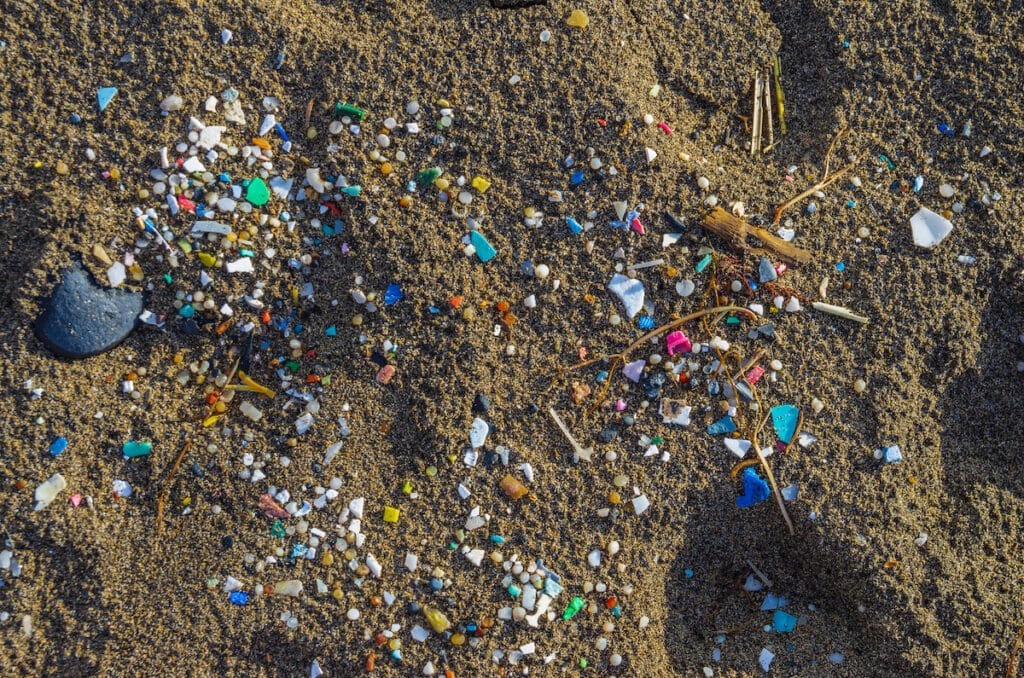
Scientists found alarming evidence of pollution in 2017 when testing creatures from the Mariana Trench. Every crustacean examined from depths of 36,000 feet contained plastic in its digestive tract. Even in Earth’s deepest oceans, human waste has invaded the food chain.
In the cleanest-seeming trenches, at least half the creatures had swallowed microplastic particles. This finding underscores plastic’s pervasive reach throughout marine ecosystems. Plastic has become the universe’s most persistent party crasher, showing up uninvited everywhere from mountaintops to ocean trenches.
The deep-sea ecosystem faces unprecedented challenges from this pollution. While environmentalists recommend reducing plastic use, the reality is sobering. Those sea creatures probably think aliens are attacking them with strange indigestible materials. In a way, they’re right.
13. Spiders Eat More Meat Than Humans
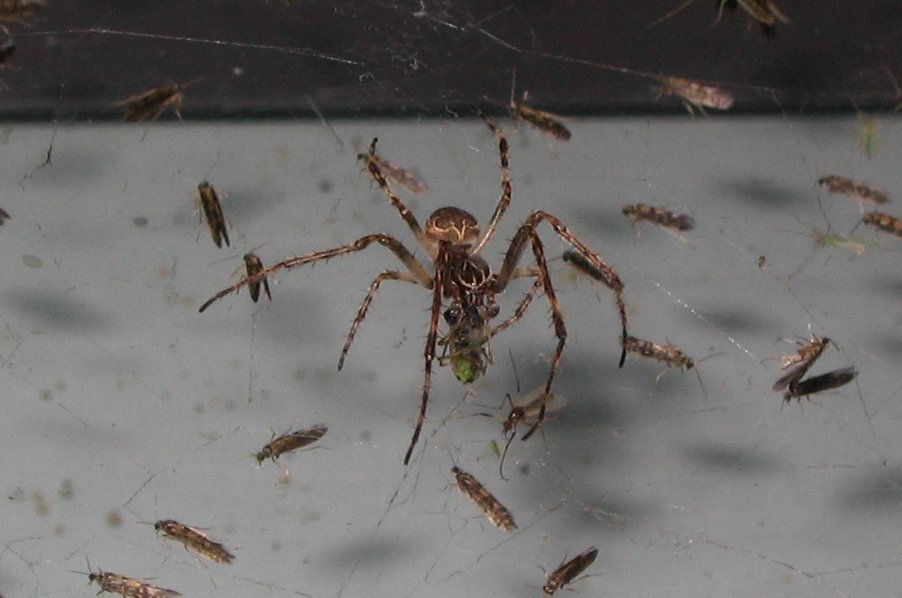
Humans consume approximately 400 million metric tons of meat annually. Whales eat close to 500 million tons. Spiders, however, devour about 800 million tons of prey each year. Their collective appetite exceeds both humans and whales combined.
The ecological impact of these eight-legged predators is tremendous. Spiders play a key role in controlling insects worldwide. They’re basically Earth’s unofficial pest control staff, working 24/7 without overtime pay or benefits.
Without spiders, insect populations would explode beyond sustainable levels. This statistic reveals the surprising influence of smaller predators. Next time you squash a spider, remember you’re firing one of the planet’s most efficient ecosystem managers.
12. The Rat Ray
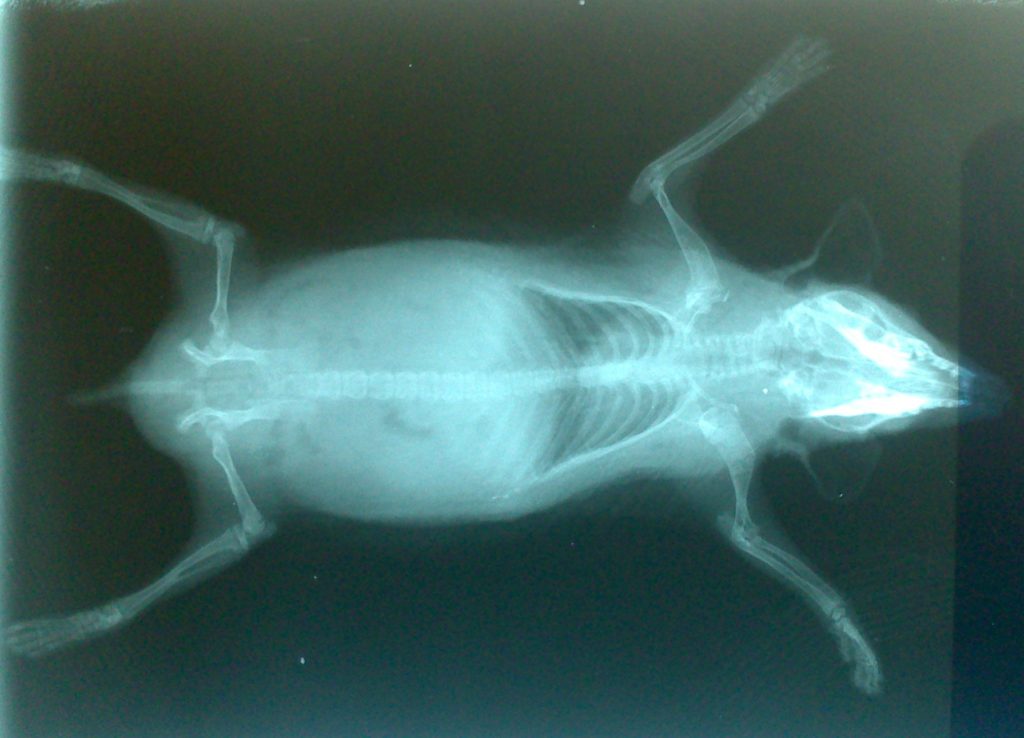
Scientists engineered a remarkable “rat ray” using living heart cells from rats. This creation moves through water like a stingray, propelled by the flexing of actual living tissue. A gold skeleton provides structure while light exposure powers its movements.
The rat ray blurs boundaries between traditional biology and engineering. It’s Frankenstein’s monster for the biotech age—part machine, part animal, swimming through ethical gray areas as readily as it moves through water.
This achievement showcases the creative potential of combining living cells with synthetic frameworks. The implications stretch from advanced prosthetics to entirely new forms of medicine. Good news for cyborg enthusiasts, slightly terrifying news for bioethicists.
11. Synthetic Dogs for Vet Training

Veterinary schools now use synthetic dogs that breathe and bleed like real animals. These sophisticated models also simulate various diseases with remarkable accuracy. Students practice surgeries on these dogs, including complex procedures like brain operations.
This technology helps reduce the use of live animals in training while providing realistic medical scenarios. The synthetic dogs are like ultra-sophisticated crash test dummies for veterinary students—all the learning without the ethical complications.
The models offer excellent preparation for handling real emergencies and mastering surgical techniques. For animal lovers, this technology represents the perfect compromise. And best of all, these synthetic patients never bite the vet when it’s time for their temperature check.
10. Death Genes in Men

Certain genetic mutations accelerate aging, specifically in males. These mutations lead to premature mortality in men but don’t affect women the same way. The difference stems from location – these mutations reside in mitochondrial DNA, which passes exclusively from mother to child.
Because women have two X chromosomes, they are protected against these mutations. Men, with only one X chromosome, lack this backup system. Men’s chromosomes are essentially running without a genetic spare tire—when something goes flat, there’s no backup.
This genetic reality helps explain statistical differences in longevity between genders. Evolution apparently decided men needed a built-in expiration date. Ladies, next time someone complains about “man flu,” there might actually be some genetic basis to their suffering.
9. The Shrinking Y Chromosome
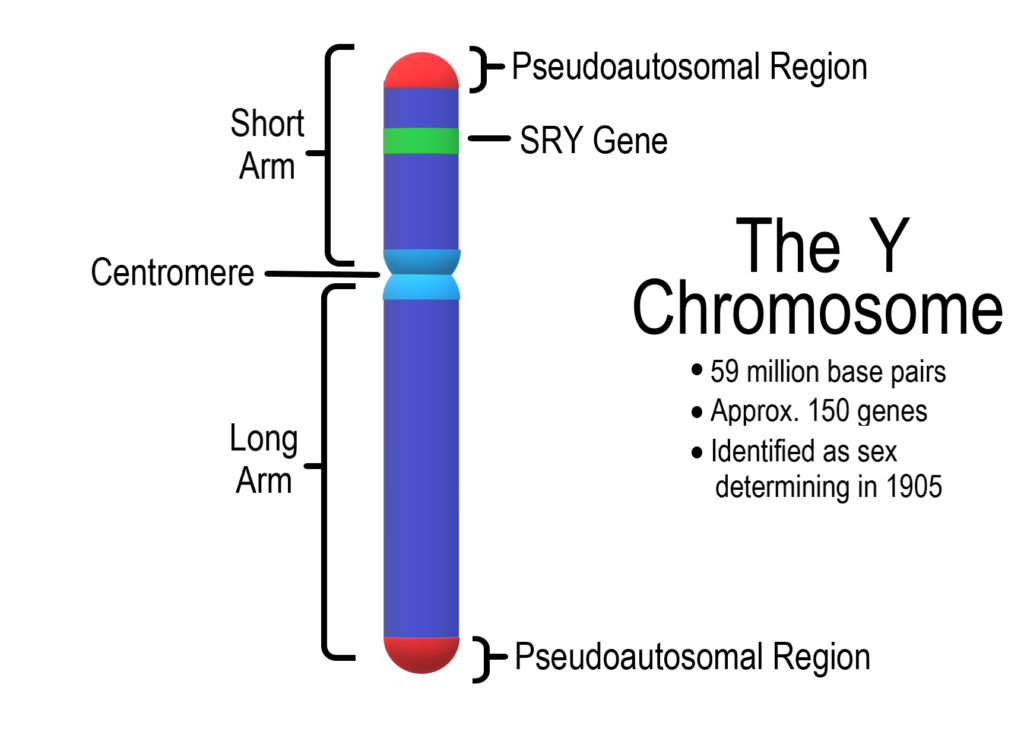
The Y chromosome has been shrinking over millions of years. This degeneration process continues today. Scientists project the Y chromosome could vanish entirely in about 4.6 million years if current patterns continue.
Unlike other chromosomes, the Y lacks a partner for gene swapping. This absence prevents effective repair mechanisms from functioning. The Y chromosome is basically playing a solo game of telephone where the message gets more garbled with each generation.
Mutations accumulate on the chromosome, leading to its gradual degradation over time. These findings highlight the dynamic, evolving nature of our genetic code. Nothing remains fixed, even the fundamental blueprint of human biology changes over time. So men are literally disappearing bit by bit—though certainly not fast enough to notice in your lifetime.
8. Fetus in Fetu
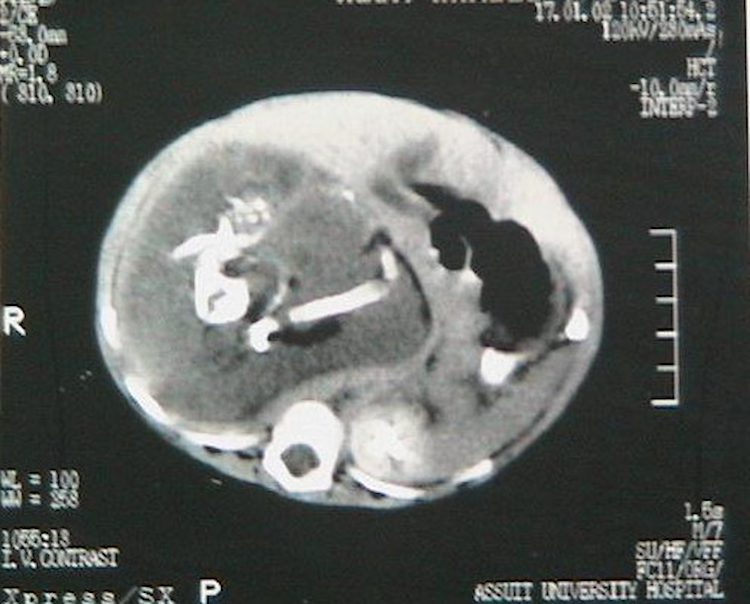
This rare condition occurs approximately once per 500,000 births. Fetus in fetu develops when one twin becomes enveloped by the other during early development. The condition appears twice as frequently in males as in females.
Medical science classifies this phenomenon as a developmental anomaly rather than a tumor. Unlike cancer, the encapsulated tissue shows organized development of body structures. It’s like Russian nesting dolls gone horribly wrong in the womb.
This rare occurrence highlights the complex, sometimes error-prone nature of human development. These developmental variations remind us how many steps must occur perfectly for typical human growth. Nature’s quality control system occasionally lets some truly bizarre things slip through.
7. Bacteria Dissolving Themselves to Feed Relatives
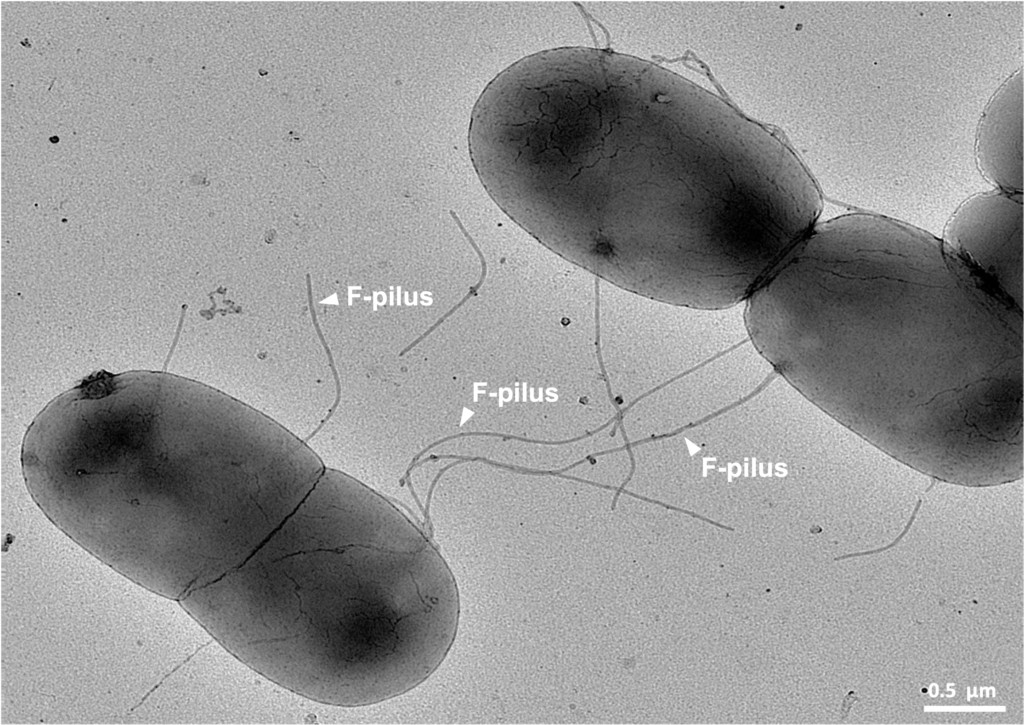
Scientists studying E. coli discovered a remarkable form of bacterial sacrifice. Under certain conditions, some bacteria self-destruct to nourish their relatives. They use enzymes called Lon proteases to break down their own proteins.
The degraded proteins become nutrients that promote survival in related bacteria. This altruistic behavior ensures species continuation even when individual bacteria perish. These microbes are running nature’s oldest buffet restaurant—”Eat me so you can live.”
This demonstrates how even single-celled organisms can exhibit behaviors we might call altruistic. The molecular machinery operates with surprising sophistication for such simple life forms. Makes you wonder if bacteria are more family-oriented than some people you know.
6. Saliva is Filtered Blood

Your saliva begins as blood flowing into salivary glands. Specialized cells filter out the red components of blood while retaining the plasma. This filtered plasma then mixes with mucus and enzymes.
The resulting fluid – what you know as saliva – serves essential functions in digestion and oral health. Your mouth is essentially running a tiny refinery 24/7, converting one bodily fluid into a completely different one through an elegant filtration process.
This transformation happens continuously, with salivary glands processing blood into useful secretions every moment of your life. Next time you enjoy a meal, remember that your ability to taste depends on modified blood. Suddenly vampires seem less exotic—we’re all drinking blood products all day long.
5. Barnacles Growing Inside a Person’s Hand
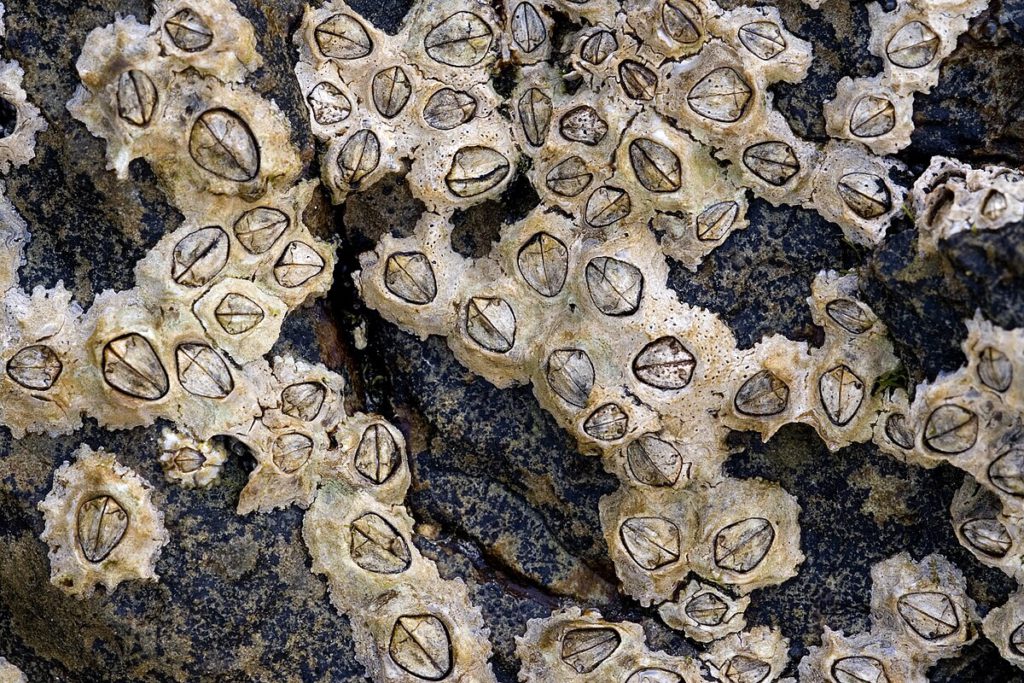
Chris Johnson made a disturbing discovery when doctors examined a painful lump in his hand. Live barnacles had established a colony in his tissue. Typically, these creatures attach to ships and marine animals, not human bodies.
The barnacles were thriving in an environment completely different from their usual habitat. This case represents an extraordinarily rare interaction between human and marine organisms. His hand had become the world’s weirdest beach—complete with its own unwanted wildlife.
Nature occasionally defies expectations in ways medical textbooks never prepare doctors to handle. Johnson’s case left marine biologists and physicians equally baffled. Makes you think twice about that minor cut you got at the beach last summer, doesn’t it?
4. Contact Lenses Emitting Laser Signals
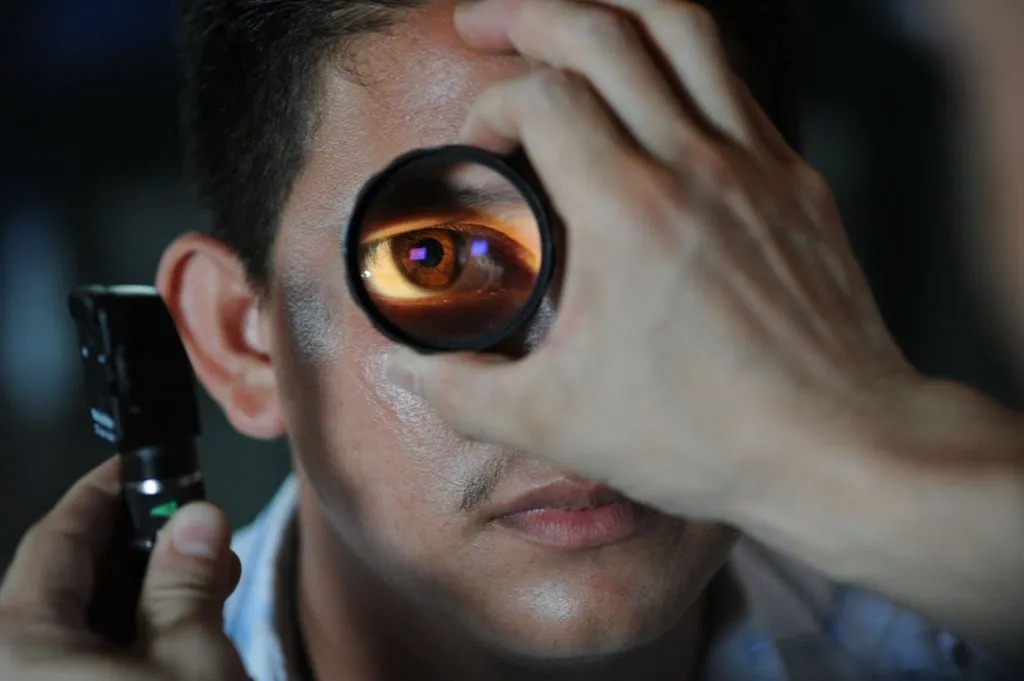
Scientists created contact lenses containing ultra-thin films that emit unique laser signatures. These lenses function like miniature barcodes when scanned. Applications include identity verification, secure payment processing, and document authentication.
The technology increases personal control over identification while providing enhanced security. These lenses transform your eyes into the ultimate secure ID—James Bond tech that fits right on your eyeball.
By merging wearable technology with biometric data, these lenses represent the cutting edge of personal security systems. Soon, your eyeballs might literally become your passwords. Though explaining to your ophthalmologist why you need prescription security clearance might get awkward.
3. The Stinkhorn Fungus
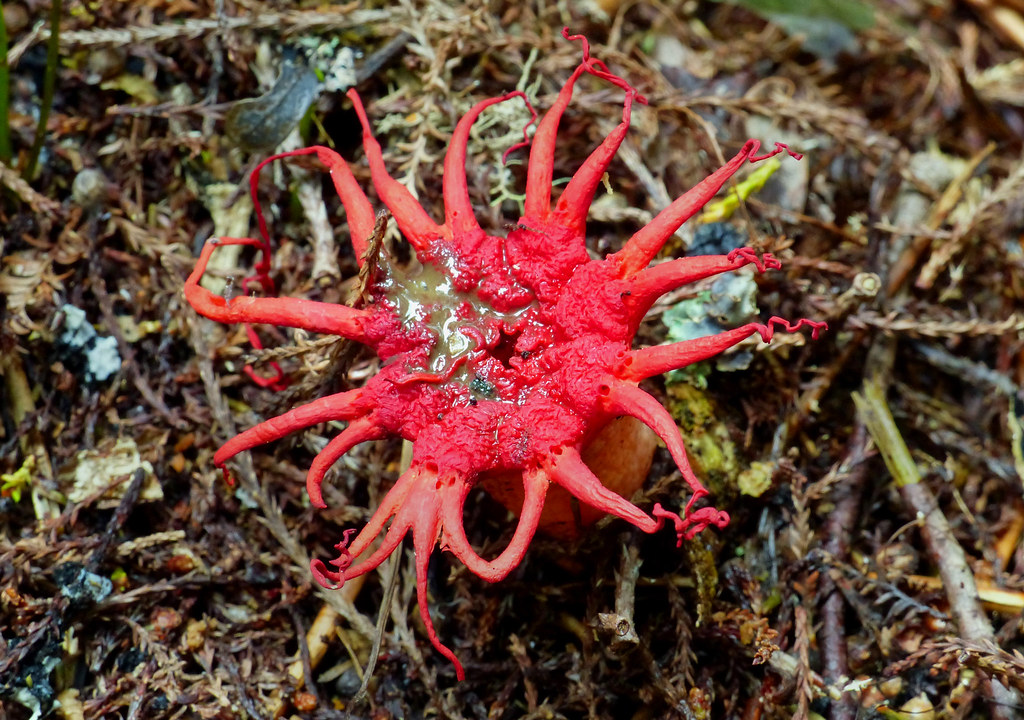
The stinkhorn fungus (Phallus impudicus) grows with remarkable speed, reaching up to 10 inches tall in mere hours. A foul, sticky slime covers its tip, emitting an odor that most humans find revolting. This scent, however, attracts flies perfectly.
Flies land on the slime and inadvertently collect spores, which they carry to new locations. The fungus essentially uses deception for propagation – tricking insects into serving as its distribution system.
Nature’s mechanisms for survival can be alarming in their efficiency. The stinkhorn’s strategy resembles a chef using pungent ingredients that smell terrible during preparation but serve an essential purpose in the final dish.
2. AI Learning to Kill in Doom

Carnegie Mellon researchers trained an artificial intelligence system to eliminate targets in the video game Doom. The AI analyzed the screen just as a human player would. Through countless rounds of trial and error, it refined its combat tactics continuously.
The AI eventually played with surprising intelligence. It stalked enemies methodically and evaded attacks strategically. After sufficient training, it outperformed many human players, demonstrating remarkable learning capacity.
Dan Williams, a computer science student, participated in similar AI training programs. “The scariest moment,” he recalls, “was when the AI started using tactics we never taught it – hiding around corners to ambush enemies and conserving ammunition by using specific weapons in specific situations.”
This experiment raises important questions about autonomous machines and their potential role in warfare. The line between simulated and real-world applications continues to blur as AI capabilities advance. Whether it ends up on the ever-lengthening list of science experiments that were banned remains to be seen.
1. Space Radiation and Brain Damage

Worried about the risks of deep-space exploration? You should be. Exposure to space radiation causes alarming neurological damage. Studies using lab mice revealed truly disturbing consequences when the animals experienced space-like radiation conditions.
The exposed mice showed permanent brain changes. They developed symptoms resembling dementia and suffered cognitive losses. Most concerning was their “fear extinction deficit” – a condition that locked the rodents in perpetual paranoia. Even long after exposure ended, their anxiety persisted.




























